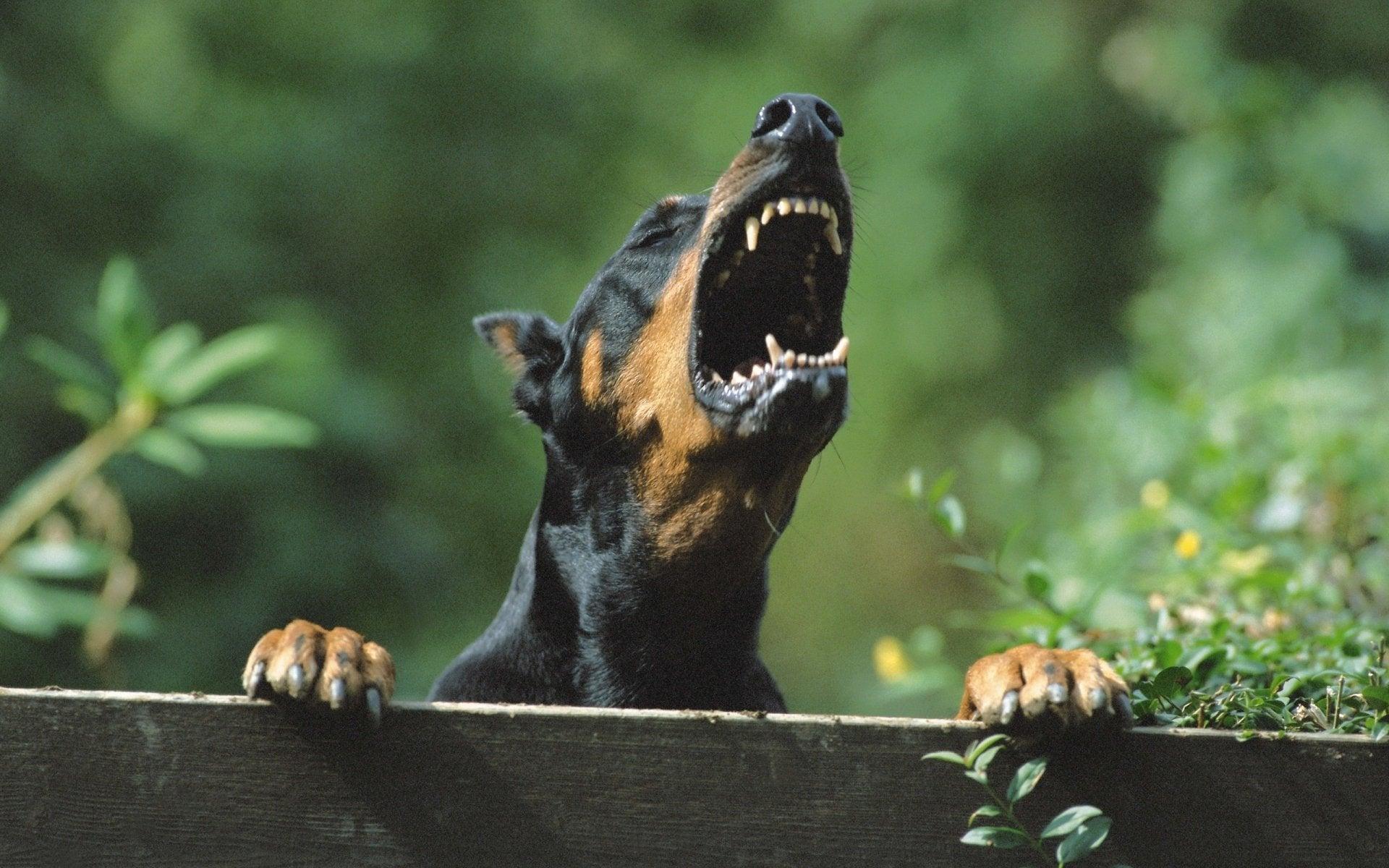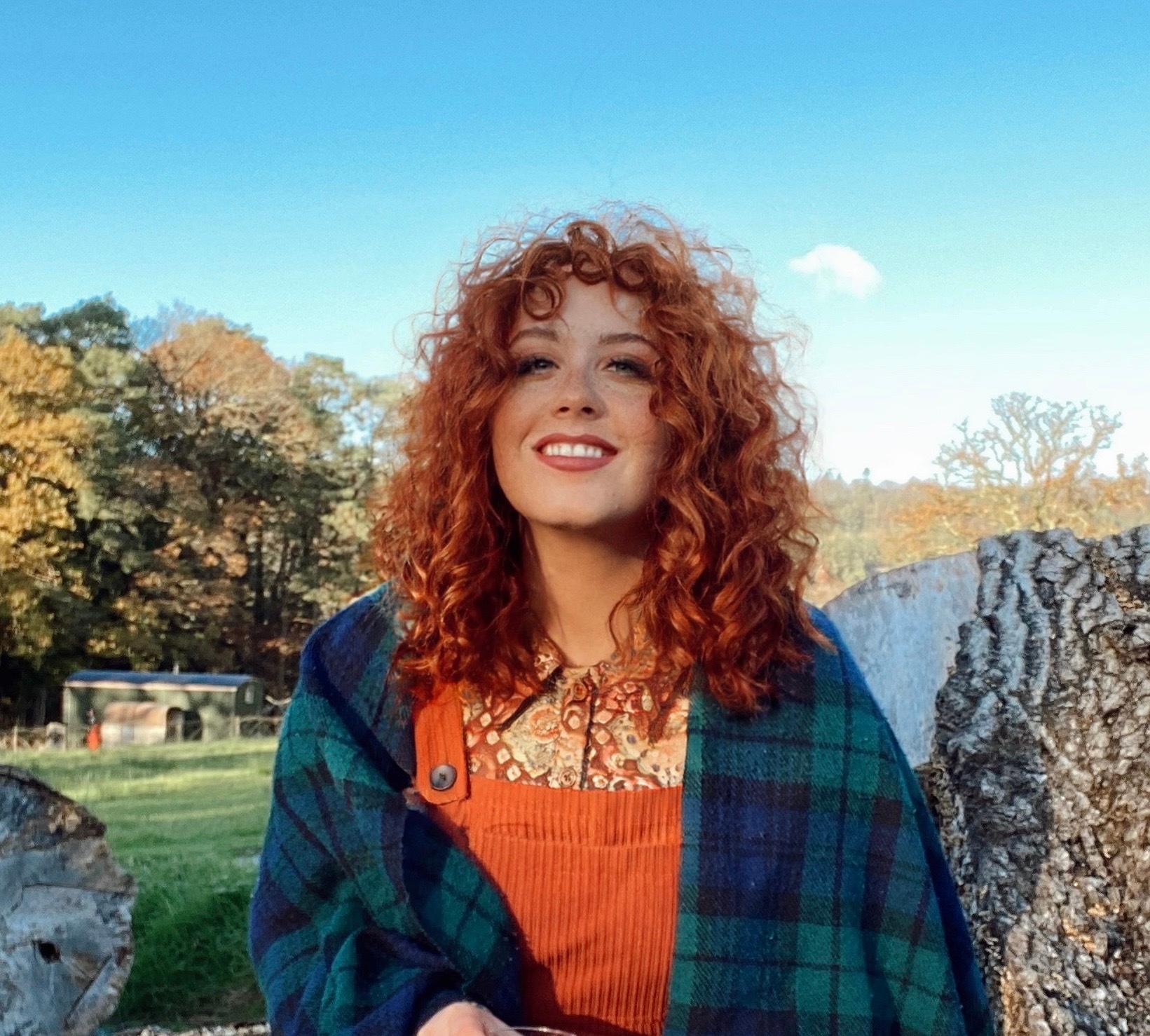Wondering how to manage an overprotective dog? In this blog, we learn why some dogs are overprotective of their masters or other household members, and how to reduce this behavior.
How To Manage An Overprotective Dog

Wondering how to manage an overprotective dog at home and stop aggressive behavior from spoiling your special bond with your pup? Fear not, pet parent. In this blog, we learn why some dogs are overprotective of their masters or other household members and how to help reduce this behavior.
Having an overprotective dog can be stressful. As humans, we have the luxury of knowing when someone is coming in for a hug, or if they’re going to harm us…but your overprotective dog doesn’t know the difference and could be willing to do what they feel is necessary to keep you safe from the pending ‘danger’ they’re perceiving.
Do you find that a night in with friends normally results in your dog growling, barking, or acting aggressively? It can be scary for the person coming into your home, especially if your dog decides that they need to take a nip at them to make sure you’re safe!
Having an overprotective pup isn’t healthy for you or them, so as their owner, it is something you need to find ways of combating and controlling. This type of overprotective dog behavior isn’t something to take lightly, and it does mean that you need to do something about it!
Why Are Some Dogs Overprotective?

To start, it is best to try and work out why you think your pet behaves in this anti-social manner. In most cases, a dog will become overprotective over a long period of time – most owners don’t realize that their pup is becoming aggressive until it is too late!
This type of behavior is normally learned or is a reaction to something in their past. If you’re noticing that your rescue dog is behaving aggressively towards certain types of people, it may be an insight into their lives before they found you as their forever home. Many dogs that have been mistreated by a person can act out when they are reintroduced to a human that may remind them of the trigger.
Most Overprotective Dogs
No dog is born aggressive, but some specific breeds may naturally inhabit certain aggressive behaviors if not controlled at an early age.
There are some breeds of dog that exhibit overprotective behaviors more than others, which is why many people will choose them for protection and guarding;
- Pitbulls
- German Shepherds
- Rottweilers
- Dobermans
- Bullmastiffs
After all, it’s no coincidence that a lot of dogs in the services (such as the Police Force) are German Shepherds. Shepherds are extremely loyal and naturally enjoy defending and protecting their loved ones.
Take a look at some other reasons why your pup may have become aggressive and overprotective…
Don’t Reward Bad Behavior
Unfortunately, there are a lot of owners out there that have and will reward antisocial and bad behavior without realizing it. Some owners feel special when their dog acts protective over them, thinking that it is due to the bond that they share with each other, but it is rather worrying as the dog actually believes they’re in control of their owner.
Naturally, dogs are motivated by rewards, so if they learn from an early age that they can achieve their reward by behaving in a certain way, this will create some issues if the behavior is aggression, obsession, or over-protection.
They Have A Natural Dominant Temperament

The breed can have a lot of influencing factors on your dog’s behaviors, including how dominant they act. The temperament of a dog is determined 50% by nurture and 50% by nature. As seen when a dog is very young, they begin to show signs of their personality – some may be submissive and relaxed, whereas others are naturally more dominant.
If you’re an owner that isn’t confident or lacks structure, your naturally dominant dog will take charge of you and your household, resulting in anti-social and possessive behavior. Training from an early age is extremely important when it comes to a dominant dog, otherwise, you will struggle to control and handle them.
A Lack Of Structure
Dogs need to be taught right and wrong, and that includes the way they behave in the house and around other people or animals. When they know where they stand in the household, negative behaviors will be at a minimum, but if they have no structure or training, they will begin to do whatever they please, when they please – which may develop into a feeling that they have to protect the house from dangers, resulting in aggressive and protective behavior.
Training is key to helping reduce the chance of negative behaviors. It can help form a language of communication between the two of you where your dog will know who the ‘boss’ is.
Stress

Nerves, stress, and anxiousness can be huge contributors to negative behaviors shown in your dog. During periods of big change; a new family member, new fluffy addition, or a move to a new home can all cause your pooch to start to behave negatively. Unfortunately, these negative behaviors can manifest as biting, growling, or acting overprotective to you or other family members.
Sometimes it can be hard for a dog to adjust to new surroundings, people, or a pet, so acting aggressively or protective could be how then deal with the stress of everything – but it still isn’t good. Perhaps, introducing a supplement to their diet that’s designed to be a calming aid could be a great way to help address your pup’s aggression and anxiousness.
How To Reduce Overprotective Behavior
The key to stopping negative behavior is prevention, but if it is too late, you need to spend some time focusing on training and tactics that will help relax your pup and reduce their aggression…
Obedience Classes
Enrolling your pooch in an obedience class is a great way to start training your overprotective dog. During these group lessons, you will work on commands such as sit, stay, down, and heel. This will build up the relationship between you and your dog, helping respect and discipline form between the two of you. You will go from someone they must protect, to a leader, looking to you for guidance and command.
Although obedience training is encouraged from a young age, you can still gain extremely beneficial skills and training methods for an older dog – you CAN teach an old dog new tricks. So, take some time out every day to train your dog for short periods of time to continue the build of a relationship where you’re in charge, not them.
Constructive Love, Affection, and Attention

It is very easy to make a fuss and give all your love to your pup, but it might not always be what is best for them. The odd stroke or cuddle is fine, but constant fuss and attention may actually be making your pup learn some bad habits as they think they’re being praised for everything! This unhealthy relationship you’re building will make your dog think that they’re entitled to your attention at all times, demanding you when they want you and becoming obsessive.
The way to avoid this…implement a ‘work for it’ program. Make sure that the positive attention and affection you’re giving has been earned. This is perfect for practicing the skills you have learned at obedience training. Get them to sit, stay and calm before you give them a belly rub. This also applies for dinner time! Make sure they wait before you reward them with food. Everything you do helps build a healthier relationship if you install in them that you are boss, not them.
Physical Exercise

Just like us humans, your dog can gain some amazing mental health benefits from physical activity. And, let’s face it, a tired dog isn’t going to have the energy to act aggressively. Your pup needs to be active physically to keep healthy, and that includes their mental health too. Did you know that with a lack of exercise; physically and mentally, your pup can become irritated and depressed, leading to negative behavior?
Make sure you take them for regular walks and try to keep their brains active too. Whether by learning new tricks or supplying your pooch with toys, the more positive stimulation you offer your pup, the less tense, stressed, and anxious they will be.
Using A Leash & Muzzle
Solving your pup’s behavioral problems won’t fix overnight, so it is important to find ways to still live your life while you’re in the training process. These will only be short-term fixes, but they can help you and your family get back to normal whilst helping your pooch learn what behavior is acceptable and what isn’t.
Leash – using a leash while you have company visiting is a proactive and physical way of keeping control of your dog’s actions. Try to leash your pup before the guest arrives and slowly allow them to get close to your guests – greet them. If their behavior improves, you could then remove the grip of the leash and only use it when needed.
Muzzle – only necessary if your dog is likely to bite someone or another animal. Take your time to make your pup comfortable with the muzzle, as you do not want to add more stress to their already anxious state.
Socializing

When a dog is feeling the need to protect, it will normally be focused on the person they trust the most – the human they feel closest to. This very much coincides with who feeds, walks, and trains them. As the bond becomes stronger between your pup and the caregiver, they can become obsessively attached, resulting in overprotective and possessive behavior. To combat this, try to introduce someone else to their routine. Not only will it help to de-intensify their obsession, but it will also help them to be more comfortable with other people, building their bond with the entire family.
Socializing with other dogs is key to helping the anti-social behavior. Dogs are social creatures naturally, so if they’re kept away from other dogs, it can create some issues. Although this is much easier while they’re still developing as a puppy, an older dog will still hugely benefit from this new experience. New places, people, and other dogs will help them learn that not everyone is going to try and harm you – so they will not need to also be ready to protect.
PetLab Co. Pro Tip: If the negative behavior is a result of fear and anxiety, socializing can be the trigger of this aggression. Take it slow, as you don’t want to make things worse. Keep the introduction of new people and dogs as a gradual transition.
“My Dog Is Overprotective Of Me.”
Most dogs will learn negative behavior due to a lack of control and discipline from an early age. Once they know they can get away with certain behavior, they will continue until told otherwise, which can create an aggressive or protective dog. Training and reinforcing right and wrong is key to combating these negative behaviors and changing the way you approach the daily routine can help change your pup from overprotective to peaceful, relaxed, and a joy for others to be around.
Sources
Author Shebo, Kat “3 Of The Most Effective Dog Depression Treatments; Putting The Pep Back In Your Dog’s Step” Pet Care RX, Sep 24. https://www.petcarerx.com/article/3-of-the-most-effective-dog-depression-treatments/1362#dsq-app6474
Author King, Amber “Here’s How To Socialize Your Adult Rescue Dog” I Heart Dogs https://iheartdogs.com/heres-how-to-socialize-your-adult-rescue-dog/
This post was updated on 08/11/2022. This post was originally published on 09/03/2019.
 B
B



